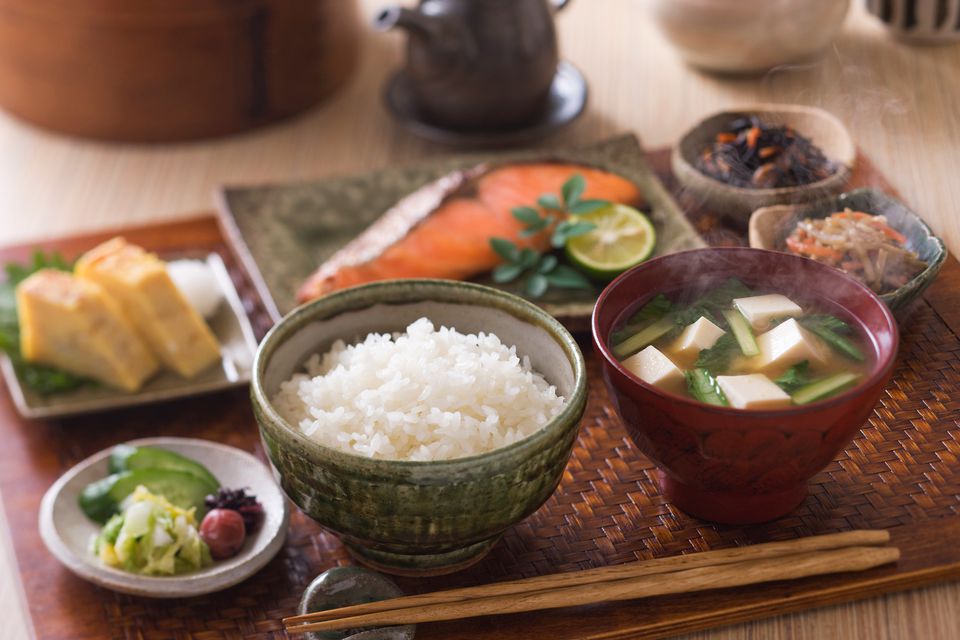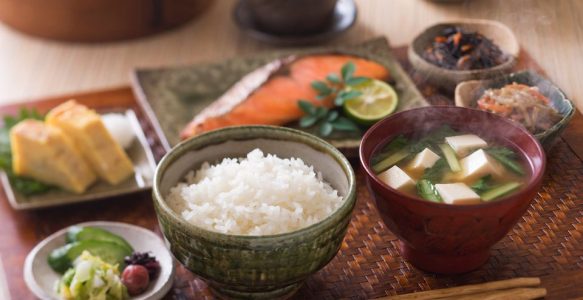If you’re wondering about what to do Japanese breakfasts eat for their morning meal, then you’ve come to the right place. This article will give you the low down on what they actually eat for their morning meal. It’s important that you understand the Japanese ways of eating so that you can replicate the exact same ritual when you’re at home. Here’s what you’ll learn:
There are several types of Japanese breakfasts that you will encounter. The most common among them is the soba (buckwheat) meal, which usually consists of a bowl of white rice with a variety of flavorful side dishes. Another common Japanese breakfast is the Gohan udon. This dish usually consists of a sweet soy sauce with an egg cooked inside. Gohan udon can also come in different styles like the thin wheat bread or the larger wheat bread that’s stuffed with a variety of fillings.
Japanese breakfast food also usually consists of various vegetable side dishes. Japanese people love to eat a wide variety of vegetables, especially raw vegetables. You’ll find various vegetable side dishes like asparagus, carrots, asparagus mixed with sauces, mushrooms, and cauliflower. Japanese people also like to eat seafood and chicken as well as meat. The type of meat varies depending on the season and time of year.
Another Japanese breakfasts popular among the Japanese is the soba called raku. Soba is an uncooked large bowl of soup that has lots of flavor and is very healthy too. One of the most basic dish in Japan is the ozoni. Ozoni means a little fish, but today it is more commonly used for grilled fish. Squid is grilled and served with Japanese seasoned rice, andigoros are marinated in vinegar and served with tonkotsu sauce.
Japanese meal usually starts with green tea. Green tea has lots of benefits and is very beneficial for health. In Japan, green tea is drunk throughout the day while preparing Japanese breakfasts. It is considered very healthy since it reduces the chances of getting heart diseases and also reduces the chances of having a stroke. Chamomile is another tea that is very beneficial for health. It is advised to drink one cup per day.
The final dishes served during Japanese breakfasts are side dishes. These side dishes play a very vital role in complementing the main dish. Japanese cooks love to use home-cooked foods such as miso, tofu and udon. These foods have a great deal of nutritional value and they are easily affordable as well. Homemade soups and sauces are also popular and they add a great amount of flavor to the main course.
Typical Japanese breakfasts always include a selection of vegetables and fruits. Among the vegetables and fruits that are often served with the meal are spinach, asparagus, carrots, cabbage, and radishes. Japanese people also like to use fruit and vegetable combinations such as mangoes and applesauce that give a delicious and healthy taste. Traditional breakfast favorites in Japanese culture include seafood such as sushi, tofu and crab meat, seafood flavored rice that also includes egg, and vegetable filled rice that is served with various types of seafood.
Unlike many western countries, in Japanese culture the rice is never served with the dish. A common breakfast choice in Japanese culture is seafood flavored rice that includes crab, salmon, and shrimp. When it comes to dessert, some of the most popular desserts include chocolate Graham crackers, sponge cakes and ice cream sundaes. In addition, many Japanese people enjoy having sweet or savory snacks before going to bed such as miso soup, miso omelet, and Japanese cookies. Traditional side dishes are always delicious and nutritious and are always included in a Japanese breakfast.

